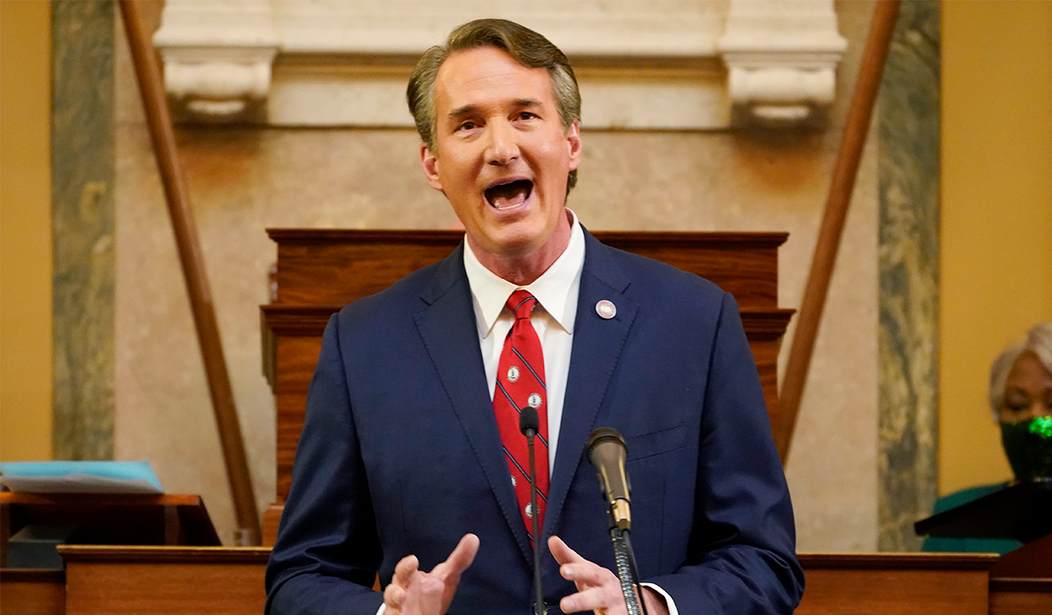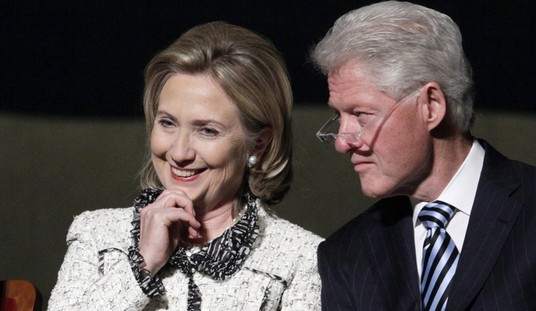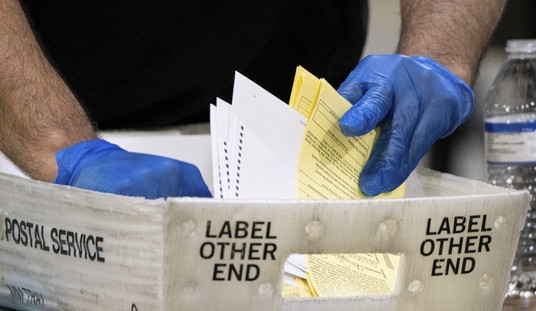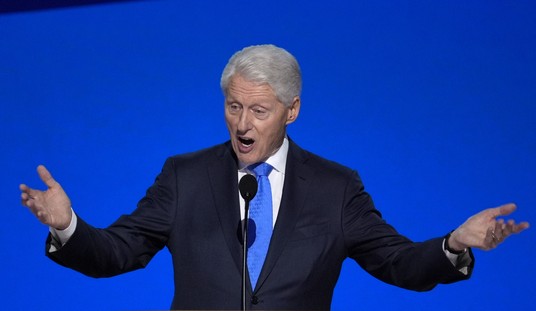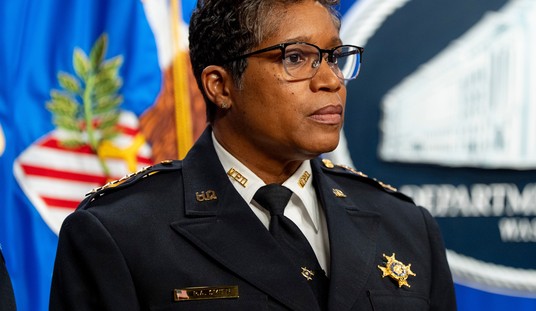Virginia Governor Glenn Youngkin acted as the Mid-Atlantic Energizer Bunny for Republicans in 2021, along with his compadre Lieutenant Governor Winsome Sears, which has led to a passion for a potential red wave this November.
Now that Youngkin is in office, he’s received a mix of praise and criticism, such as when he decided to hold LGBT Pride Month events. In a state like Virginia, it’s a given that some think he’s too liberal while others believe he’s too conservative.
People can dissect Youngkin’s past seven months in office all they want, but one thing is clear: He knows how to win an election.
Youngkin was able to clutch 50.6 percent of the vote in an extremely competitive race against former Democratic Governor Terry McAuliffe by his ability to both energize the base and make inroads with suburban voters. He did not do it like a normal candidate in a competitive race would, nor did he follow the hard-right playbook, either. The Glenn Youngkin playbook struck a balance between culture war issues and the economy without falling into the trap of campaigning solely on either one.
The governor offered crucial advice when speaking with “Face The Nation” on CBS News this past Sunday, and Republicans should take note.
“Well, I think this is a moment for the Republican Party to recognize exactly what I recognized last year, was this is not a or moment but an and moment. I mean we brought together Virginians last near, forever Trumpers, never Trumpers, independents, Democrats.”
He continued:
“We won the – we won the Latino vote, the Asian vote, the largest voter turn-out for black Virginians that anybody can remember to vote for Republican. I mean I think this is the future of the Republican Party, which is to recognize that we have to come together in these common-sense, kitchen table issues that are on the forefront of everybody’s mind, inflation, schools, safe communities, an economy that isn’t stealing everybody’s hard-working money through inflation but gives them a job.”
The future of the @GOP is centered around kitchen table issues. Rising inflation & high gas prices don’t discriminate whether you have an R or D by your name. Voters want leaders that cut taxes, stand with law enforcement, & understand that parents matter, just like in VA. pic.twitter.com/THchBjdyVz
— Governor Glenn Youngkin (@GovernorVA) July 10, 2022
Youngkin was able to build a diverse coalition of support to carry him over the edge because people were able to find unique parts of his platform to be optimistic about. Maybe a parent was frustrated about what their child was being taught in schools and wanted accountability, or they simply wanted to save cash on groceries. Whatever it was, he did not come off as a one-issue candidate and had a full toolbox that resonated with voters. That’s the playbook right there– innovative and convicting, but not divisive.
It’s true that Youngkin’s strategy will not work in deep red or blue areas, except those usually are not the focus in midterm races. Most areas that narrowly voted for President Joe Biden are in play, and Republicans could easily take those seats if they discover broad appeal.
While Biden and Democrats in Washington are doing most of the heavy lifting, candidates still have a responsibility to make it clear what they stand for. It’s easy for a candidate to just say they’re against the left’s agenda and the White House, but it’s not as easy to explain creative and principled solutions to those craving change.

